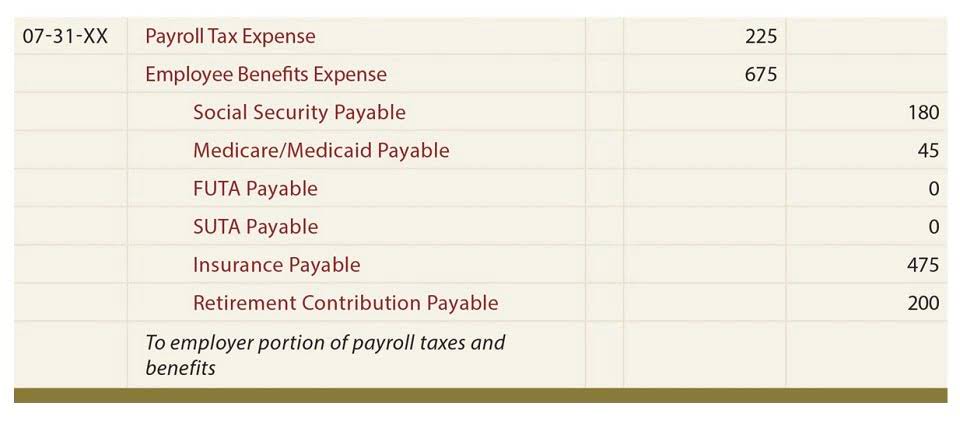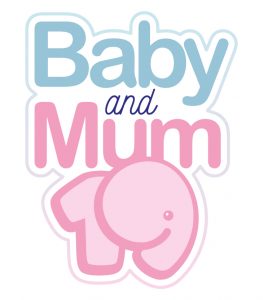
The technique by which standard costs are used is known as—Standard costing. It involves the setting of predetermined cost estimates in order to provide a basis for comparison with actual. Standard cost is universally accepted as an effective tool for cost control in industries. standard costing Standards are set up for each element of cost, viz., direct material, direct labour, variable overheads and fixed overheads.
Setting of Standards
- Another object of standard cost is to help the management in determining prices and formulating production policies.
- The control aspect of standard costs comes into play when actual production occurs.
- Standard cost is a scientifically pre-determined cost, which is arrived at assuming a particular level of efficiency in utilization of material, labour and indirect services.
- When management is developing appropriate cost standards and they succeed in controlling the costs of production, future costs are likely to be close to the standard.
- Standards of material specifications are established based on certain assumptions as to quality.
- (h) are not revised unless the products or the manufacturing operations or processes are changed.
The passage of time has nothing to do with the question of revising the standard. The standards should be changed only when they reflect something which no longer exists. It has been proved that standards set were fundamentally wrong. A review of standards should be made at a specific interval according to decision of management, but revision petty cash should be attempted only when compelling unusual conditions come to prevail.

Factors Determining Standards Under Each Cost Component

(4) Analysis of variances in order to determine the reasons for deviations of actuals from the standards. Standard costs are more stable than estimated costs because estimated costs are set on the assumptions of free movement of cost. Cost estimation is made for submitting tenders or quoting price of a product or a unit of service. When cost estimation is made, it does not mean that Insurance Accounting cost ascertainment is done away with. Work-in-progress account is credited with standard cost of finished goods.

Focus on Efficiency Improvement
It is difficult to apply this method where production takes more than one accounting period. Standard costing may not be effective in industries which deal in non-standardised products or jobs according to customer’s requirements. ‘Normal’ standard represents the level of performance attainable under normal operating conditions, i.e., normal efficiency, normal sales, normal production volume, etc. It focuses on the practical attainable efficiency, after taking into consideration normal imperfections.
Standard Cost and Estimated Cost: Distinction

The quantity and quality of materials should be decided by the Engineering department by making used of historical data. An allowance for changing conditions should also be given for setting standards. While setting quantity standards, a proper consideration should be given to normal material wastages. For this purpose, a number of test runs may have to be carried out to decide on normal process losses.



